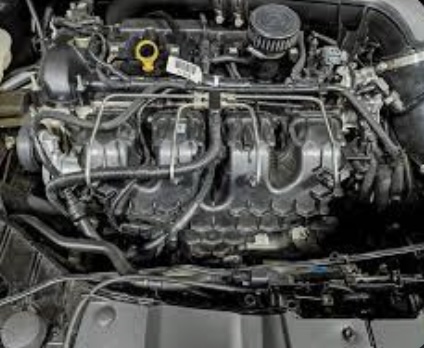Your car’s engine is complex, and every component is critical to its performance. One such component is the fuel pump, which ensures the engine receives the proper fuel to function efficiently. As a driver, you might wonder if there’s anything you can do to boost your engine’s power and performance. Fortunately, pump upgrades are an effective way to increase horsepower, torque, and overall performance.
This blog post will explore types of pump upgrades, their installation and maintenance, and the results they deliver. So, keep reading.
Understanding Pump Upgrades
Pump upgrades refer to replacing the stock pump in your vehicle with a higher-performing alternative. Typically, pump upgrades are divided into high-performance and aftermarket fuel pumps.
- High-Performance Pumps
High-performance pumps are designed for high-performance engines requiring more fuel flow and pressure. These pumps typically have a higher flow rate and pressure than stock pumps, allowing them to deliver more fuel to the engine. High-performance pumps are built with durable materials, and their design helps prevent fuel starvation, a condition in which the engine receives inadequate fuel flow.
One advantage of high-performance pumps is their ability to supply fuel to high-performance engines under extreme conditions. For instance, the engine may require significant fuel to operate efficiently in racing or drifting. A high-performance pump can deliver the required fuel, enabling the engine to perform optimally.
- Aftermarket Pumps
Aftermarket pumps are designed to replace stock pumps in regular vehicles. These pumps are typically engineered to meet or exceed the performance of stock pumps, but they may offer additional benefits. For example, some aftermarket pumps have a higher flow rate and pressure than stock pumps, which can result in improved performance.
Aftermarket pumps are available in many designs and are often less expensive than high-performance pumps. However, not all aftermarket pumps are created equal, and some may not deliver the expected performance gains.
Installation and Maintenance of Pump Upgrades
When installing a pump upgrade, ensuring the pump is compatible with your vehicle’s engine and fuel system is essential. Installing an incompatible pump can cause engine damage and may not result in performance gains. Before a pump upgrade, consult a professional mechanic who can recommend the best type of pump for your vehicle.
Maintaining your upgraded pump is critical to ensuring it continues performing as expected.
Regular maintenance includes:
- Inspecting the pump for signs of wear and tear.
- Replacing the fuel filter.
- Ensuring the pump receives adequate power.
Performance Gains and Results of Pump Upgrades
The primary benefit of pump upgrades is increased engine power and performance. However, the actual performance gains you’ll experience depend on several factors, including your vehicle’s engine, pump upgrade, and driving style.
For example, a high-performance pump upgrade can provide noticeable performance gains in a high-performance engine that requires a significant amount of fuel to function optimally. In contrast, an aftermarket pump upgrade in a regular vehicle may only slightly increase performance.
In addition to increased power and performance, pump upgrades can provide other benefits, such as improved fuel efficiency and throttle response. Since upgraded pumps deliver more fuel to the engine, the engine can operate more efficiently, resulting in better fuel economy.
Fuel pump upgrades are a viable option to boost your engine’s power and performance. Whether you choose a high-performance pump or an aftermarket pump, upgrading your pump can provide noticeable gains in horsepower, torque, and acceleration. With careful consideration and installation, pump upgrades can help you get more power out of your engine.
